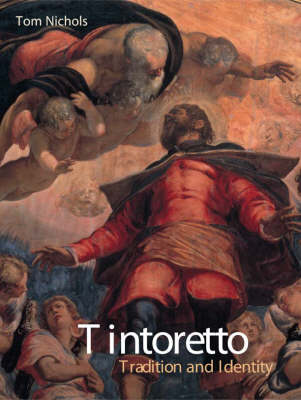Jacopo Tintoretto (1518-94) is an ambiguous figure in the history of art. His radically unorthodox paintings are not readily classifiable and although Venetian by birth, his claim to be truly of the Venetian School has long been in doubt. As a youth, he was quickly ejected from the workshop of the great Titian, accepted then, as now, as the apogee of Venetian painting. In the long career which nonetheless followed, Tintoretto increasingly abandoned the humanist narratives and sensual colour values which typified the work of Titian and the venerable Venetian Renaissance tradition. Critics and writers such as Vasari, Boschini, Ruskin and Sartre have all placed Tintoretto in total opposition to the established artistic practice of his time. But this view offers an over-simple and ahistorical answer to the question of Tintoretto's relation to tradition. Tom Nichols offers a re-assessment of Tintoretto's place in art history.
He argues that far from rejecting existing artistic practice, Tintoretto began by seeking to create an up-to-date manner of painting and an artistic manner which, for all its originality and sophistication, made its first appeal to the shared emotions of the widest possible viewing audience.
- ISBN13 9781861890436
- Publish Date 1 November 1999
- Publish Status Out of Print
- Out of Print 10 November 2014
- Publish Country GB
- Imprint Reaktion Books
- Format Hardcover
- Pages 324
- Language English
